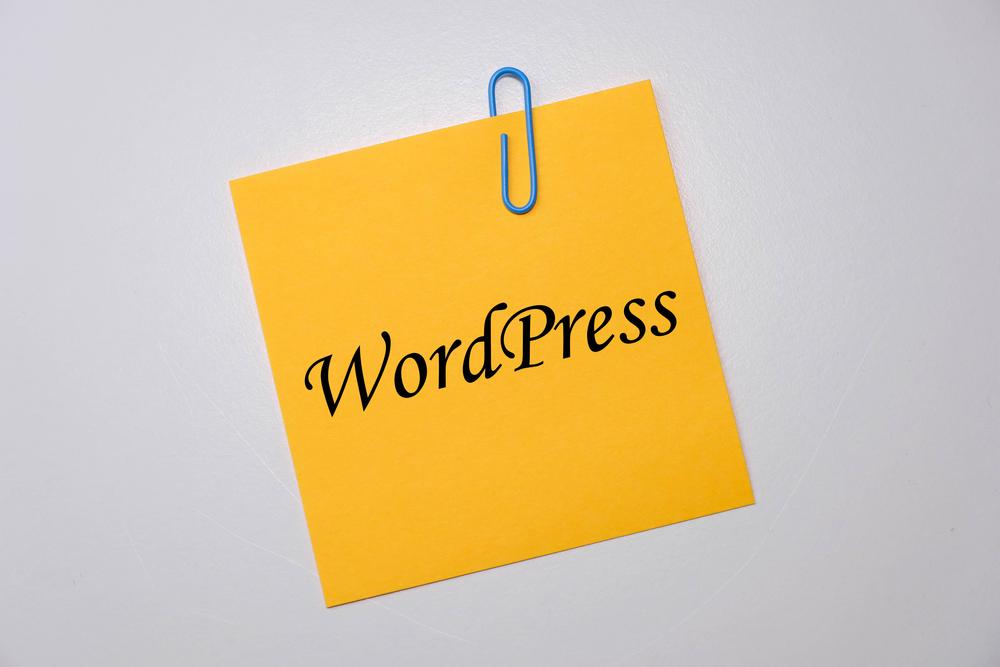
As the most popular content management system (CMS) in the world, WordPress has captured the hearts and minds of website owners and developers alike. With its user-friendly interface and customizable features, it's no wonder that millions of websites are powered by WordPress. In this guide, we will explore the various ways you can customize and maintain your WordPress website to ensure optimal performance and functionality. Whether you're a beginner or an experienced user, these expert tips and tricks will help you harness the full power of WordPress .
1. Choosing the Right ThemeThe first step in customizing your WordPress (the platform for bloggers) website is selecting the right theme. With thousands of themes available, it can be overwhelming to find the perfect fit. Start by considering your website's purpose and target audience. A clean and minimalist theme might be suitable for a corporate website, while a vibrant and creative theme would be ideal for an artist's portfolio. Take the time to explore different themes, considering factors such as responsiveness, customization options, and compatibility with plugins.
2. Customizing Your Theme
Once you've chosen a theme, it's time to customize it to match your branding and preferences. WordPress (WP) offers a built-in customizer that allows you to modify various aspects of your theme, such as colors, typography, and layout. For more advanced customization options, you can edit the theme's CSS file or utilize a child theme to ensure your changes won't be lost during updates. Consider adding a custom logo, tweaking the homepage layout, and adjusting the fonts and colors to create a unique and cohesive website that represents your brand.
3. Extending Functionality with Plugins
One of the greatest advantages of WordPress (the blogging platform) is its extensive ecosystem of plugins, which allow you to enhance your website's functionality without any coding knowledge. From contact forms and social media integration to search engine optimization (SEO) and security, there's a plugin for every need. However, be cautious not to install too many plugins, as they can impact your website's performance. Stick to reputable and regularly updated plugins, and regularly review and deactivate any unnecessary ones.
4. Optimizing Performance
A slow-loading website can drive visitors away, impacting your user experience and search engine rankings. To ensure optimal performance, optimize your WordPress (or WP) website by implementing the following tips:
- Choose a reliable and fast hosting provider.
- Optimize your images by compressing them without sacrificing quality.- Use caching plugins to improve page load times.
- Minify your CSS and JavaScript files to reduce their size.
- Regularly clean up your WordPress database to remove unnecessary data.
5. Securing Your Website
WordPress is a secure platform, but it's crucial to take additional measures to protect your website against potential threats. Start by using strong, unique passwords for all user accounts and regularly updating them. Install a security plugin, such as Sucuri or Wordfence, to monitor and block malicious activities. Keep your themes, plugins, and WordPress core up to date to ensure you have the latest security patches. Regularly backup your website to an off-site location, ensuring that you can quickly restore it in case of a security breach or data loss.
6. Maintaining Your Website
Maintenance is key to keeping your WordPress website running smoothly. Regularly update your themes, plugins, and WordPress core to access new features, bug fixes, and security updates. Monitor your website's performance and fix any broken links or issues that may arise. Check for any outdated content and update it to keep your website relevant. Regularly backup your website's files and database to prevent data loss.
7. Frequently Asked Questions
Q1. How do I choose the right WordPress theme?A1. To choose the right theme, consider your website's purpose, target audience, and desired features. Explore different themes and ensure they are responsive, customizable, and compatible with plugins.
Q2. How can I customize my WordPress theme?
A2. You can use WordPress's built-in customizer to modify various aspects of your theme, such as colors, typography, and layout. For advanced customization, edit the theme's CSS file or use a child theme.
Q3. Are plugins safe to use?
A3. Most plugins are safe to use, but it's important to stick to reputable and regularly updated ones. Be cautious not to install too many plugins, as they can impact your website's performance.
Q4. How can I optimize my WordPress website's performance?
A4. Optimize your website by choosing a reliable hosting provider, compressing images, using caching plugins, minifying CSS and JavaScript files, and regularly cleaning up your database.
Q5. How can I secure my WordPress website?
A5. Use strong passwords, install a security plugin, keep your themes and plugins updated, and regularly backup your website's files and database to enhance security and prevent data loss.
In conclusion, WordPress offers endless possibilities for customization and maintenance. By choosing the right theme, customizing it to match your brand, extending functionality with plugins, optimizing performance, securing your website, and maintaining it regularly, you can create a WordPress website that stands out from the crowd. Remember to stay up to date with the latest WordPress updates and best practices to ensure your website remains secure and performs at its best. Happy WordPress customizing and maintaining!
Other useful resources
- https://www.wordpress24plus.com
- https://www.wordpress24plus.com/services/wordpress-development/